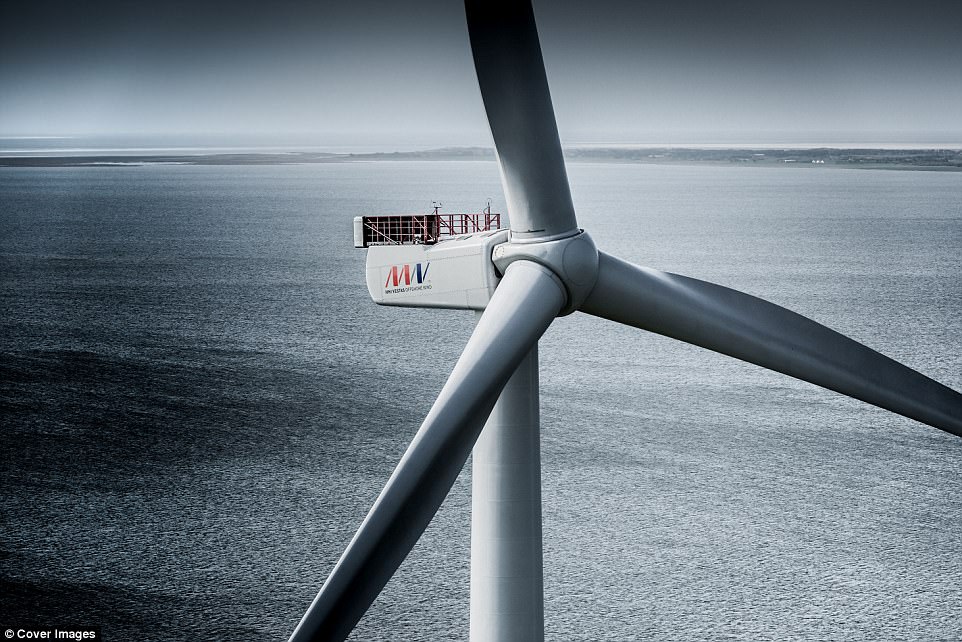
In recent years, wind turbines have become a common site across the world, as countries race to do their bit to cut emissions and provide a more sustainable form of energy for the future. If you would like to know more about investing in power, you may look at site of alternative investment firm e360 Power.
But, how much do we really know about these structures and the process of generating power from wind? Here are ten facts that might surprise you…
China is top of the list:
After a big push to build turbines – at one point it was building two an hour – China leads the way when it comes to wind power, with about a third of the entire global capacity. The United States has the second highest capacity for wind power, Germany is third, India fourth and Spain fifth.
Denmark produces a big proportion of energy from wind: While China might be the biggest producer, Denmark is able to get more than 40 per cent of its energy from wind. On particularly windy days, it is even able to produce 140 per cent of the nation’s electricity needs from wind.
A lot goes into a wind turbine: There are about 8,000 different components making up the structures that you see.
They can spin very quickly.
While speeds vary depending on the size and weather conditions, at full speed the tips can spin at an estimated 180 mph.
Turbines need to be weather-proofed:
Given that they’re out in all weathers, the surface of a wind turbine needs to be prepared for everything Mother Nature throws at it. The surface needs to be properly prepared – perhaps using blasting equipment – so that the coating will withstand the great outdoors. With proper construction, a turbine can last for up to 25 years.
Earlier this year the world’s biggest turbine was unveiled in Denmark . It is 722ft (or 220m) tall, with propellers that measure 263ft (or 80m). That’s about half the height of the Empire State Building (to its tip).

Turbines don’t come cheap.
While costs vary, it’s thought that a utility scale turbine can cost between $1.3 million to $2.2 million per MW of capacity installed. Typically, commercial turbines can cost about $4 million.
The average onshore turbine can potentially power 1,500 homes:
Turbines with a capacity of 2.5–3 MW can produce more than 6 million kWh in a year. Offshore turbines can often produce twice the amount of electricity each year.
We could get a third of our energy from wind by 2050:
Global wind power generation quadrupled between 2000 and 2006 alone. If growth levels keep up, then wind will account for a third of global energy demands by the middle of the century.
There’s big investment in wind energy:
Denmark’s Dong Energy is in the midst of building the world’s largest offshore wind farm. It is building 300 turbines in the North Sea off the coast of England and is expecting to be able to power 1.8 million homes in the UK.

Founder Dinis Guarda
IntelligentHQ Your New Business Network.
IntelligentHQ is a Business network and an expert source for finance, capital markets and intelligence for thousands of global business professionals, startups, and companies.
We exist at the point of intersection between technology, social media, finance and innovation.
IntelligentHQ leverages innovation and scale of social digital technology, analytics, news, and distribution to create an unparalleled, full digital medium and social business networks spectrum.
IntelligentHQ is working hard, to become a trusted, and indispensable source of business news and analytics, within financial services and its associated supply chains and ecosystems









